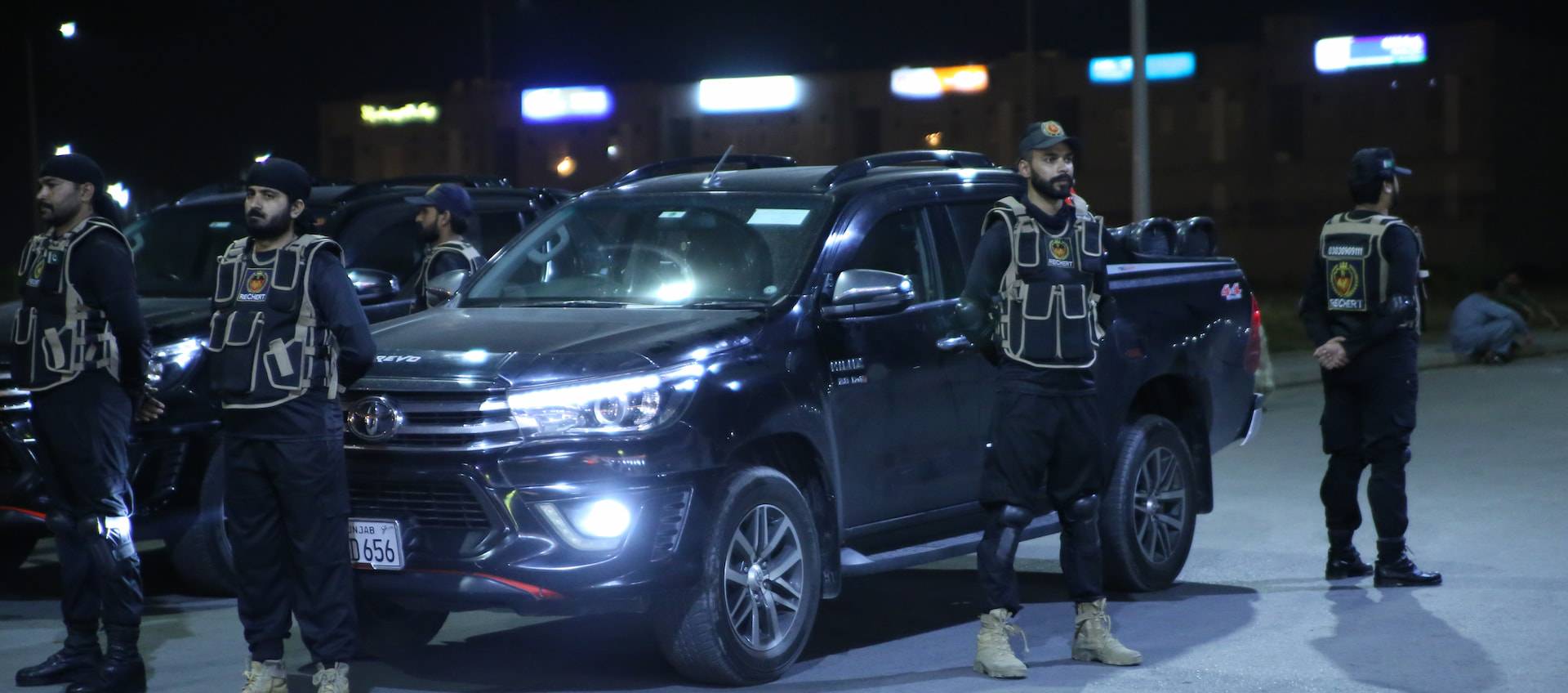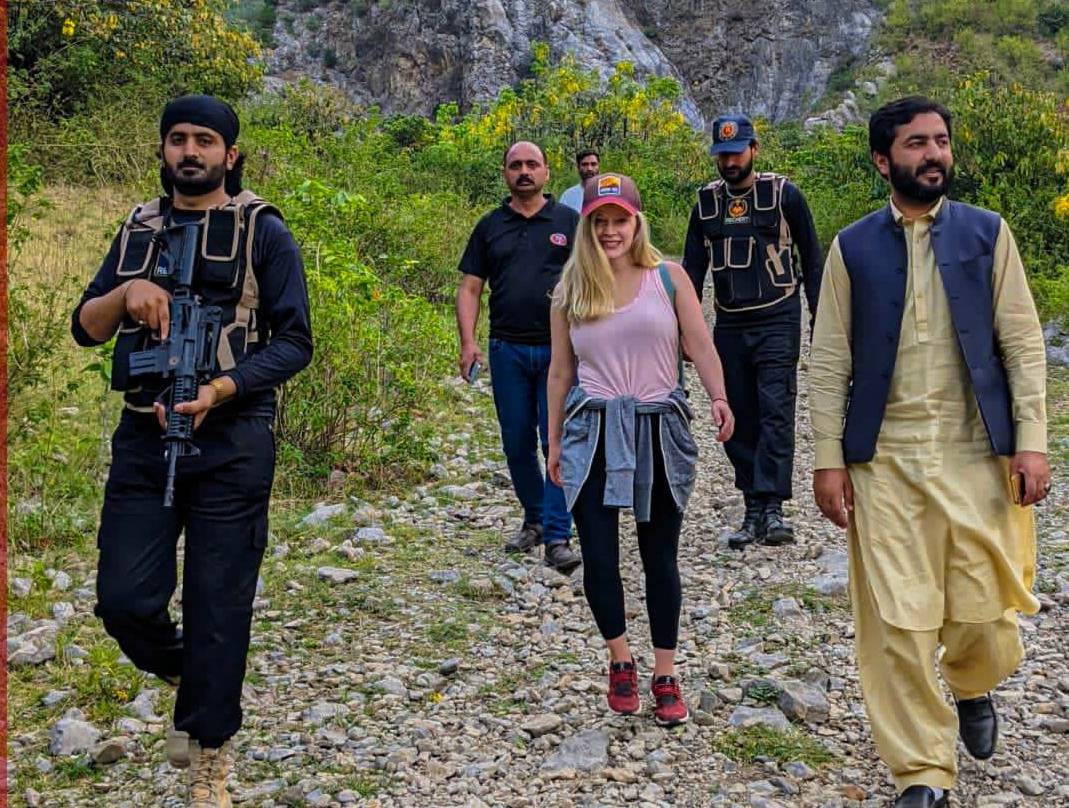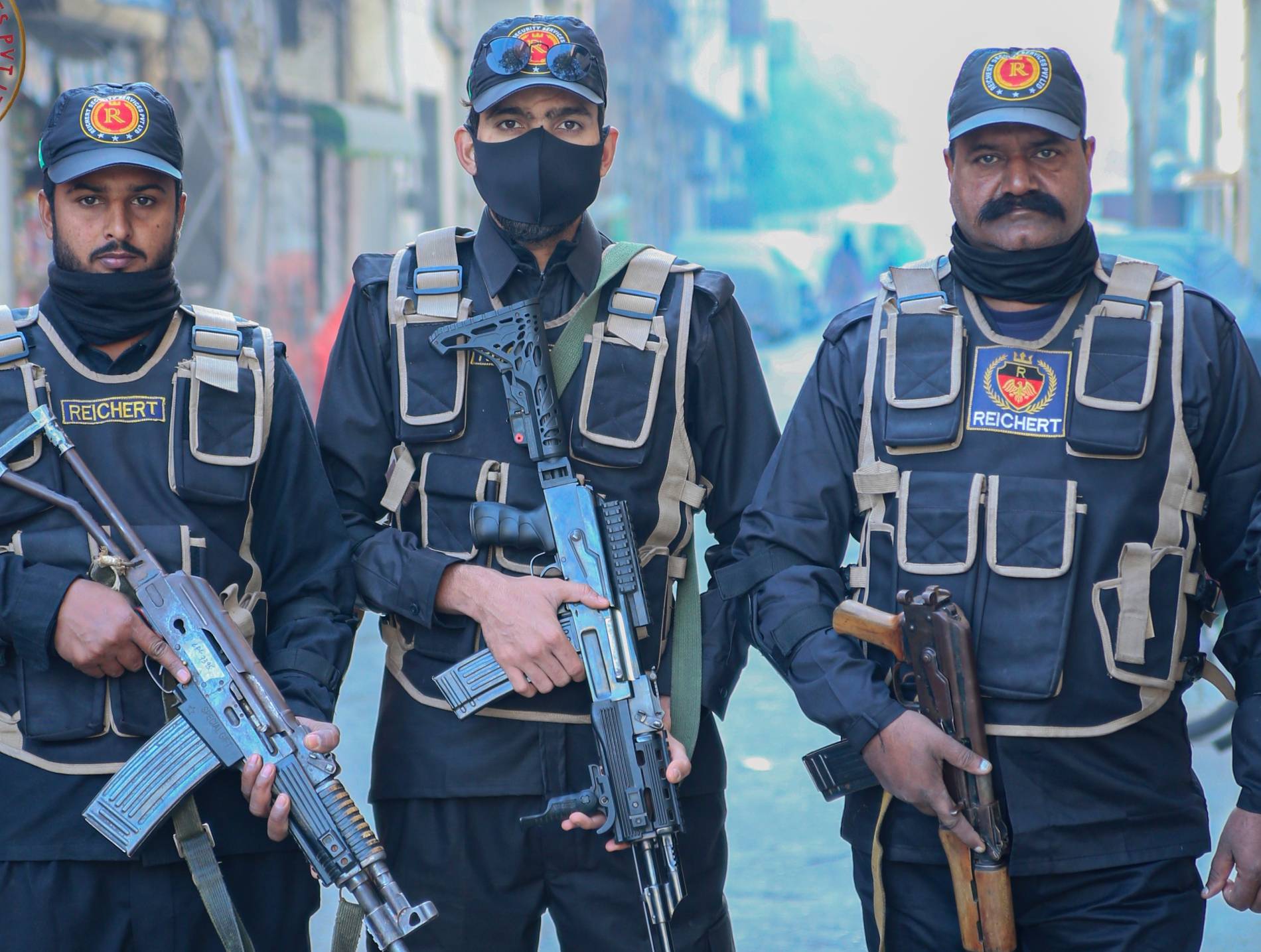India Country Report
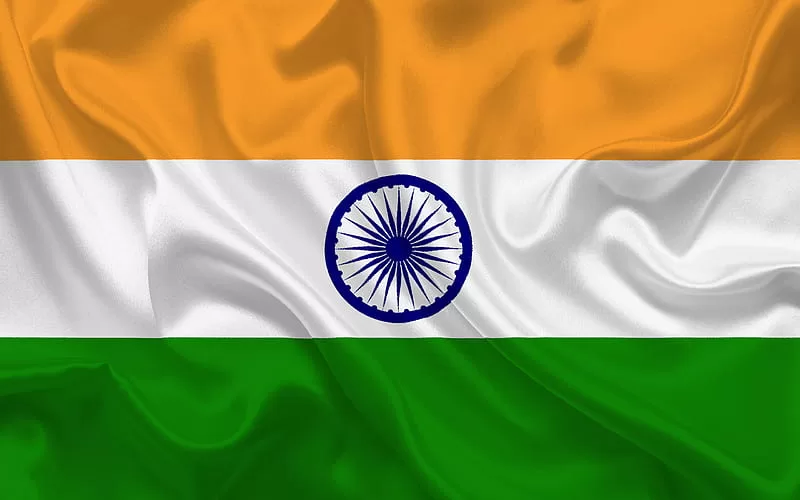
India, a vibrant and diverse nation situated in South Asia, is a mosaic of cultures, languages, and landscapes. Boasting a rich history that spans millennia, India is renowned for its ancient civilizations, majestic monuments such as the iconic Taj Mahal, and spiritual sites like Varanasi and the Golden Temple. With a population exceeding 1.3 billion people, India is the world’s largest democracy, characterized by its bustling cities, rural villages, and a burgeoning economy driven by sectors such as technology, agriculture, and services. However, alongside its rapid modernization and economic growth, India grapples with challenges including poverty, inequality, and environmental degradation. Nevertheless, its cultural heritage, entrepreneurial spirit, and commitment to democracy continue to shape its identity on the global stage.
Last updated: July 30, 2023
Security
Security in India is a complex tapestry woven from diverse threads, reflecting its unique geopolitical context, internal dynamics, and emerging challenges in the digital realm. The nation grapples with traditional security concerns stemming from regional disputes, particularly along its borders with Pakistan and China, necessitating robust military and strategic capabilities. Internally, India contends with a spectrum of issues, including terrorism, insurgency in regions such as Kashmir and the North-East, the Naxalite-Maoist uprising, and communal tensions, all of which require vigilant law enforcement and intelligence efforts alongside developmental initiatives aimed at addressing underlying grievances. The rapid digitization of India’s economy has also brought cybersecurity to the forefront, with the government strengthening defenses against cyber threats and enhancing cooperation with the private sector. Economic security remains a priority, with efforts to spur growth, reduce poverty, and mitigate unemployment. Additionally, environmental challenges and public health crises, like the COVID-19 pandemic, underscore the importance of sustainable development and resilient healthcare systems in ensuring national security. India’s multifaceted approach to security encompasses military readiness, socio-economic development, and international collaborations, aiming to create a stable and prosperous environment for its citizens.
Last updated: April 26, 2022
Infrastructure

India’s infrastructure landscape is a vast and evolving expanse, reflective of the country’s rapid economic growth and urbanization. Spanning from an extensive network of roads and railways, which are vital for connecting its vast and diverse territories, to major ports and airports that facilitate international trade and travel, India’s physical infrastructure underpins its economic ambitions. Additionally, the country is witnessing significant advancements in digital infrastructure, with a burgeoning internet user base and a digital economy poised for exponential growth. Challenges such as energy sustainability, water supply, and urban-rural divide persist, driving government and private sector initiatives towards building smart cities, enhancing renewable energy capacities, and improving sanitation and water conservation efforts. This ongoing development is crucial for supporting India’s population, stimulating economic activities, and achieving sustainable development goals, despite the hurdles of financing and bureaucratic processes that sometimes slow progress.
Last updated: April 26, 2022
Environment
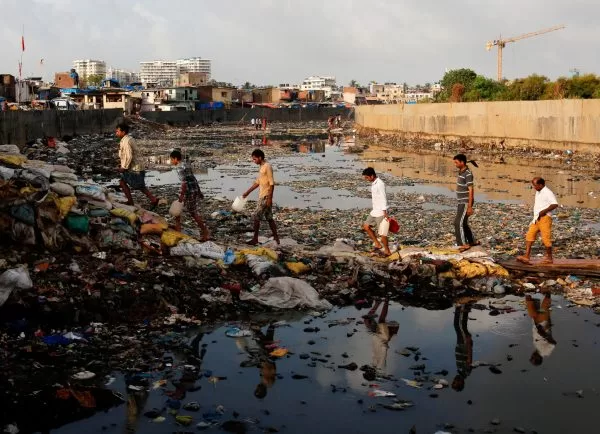
The environment encompasses all natural resources, ecosystems, and biodiversity on Earth, providing essential services like clean air, water, and food that sustain life. Human activities, including pollution, deforestation, and climate change, pose significant threats to the environment, leading to loss of biodiversity, habitat destruction, and adverse effects on ecosystems. Protecting and preserving the environment is crucial for the well-being of current and future generations, requiring sustainable practices, conservation efforts, and global cooperation to address environmental challenges and ensure a healthy planet.
Parts of India, especially the northern and northeastern states, are vulnerable to periodic tremors of varying intensities. Also, damages and casualties have been reported from time to time, and earthquakes can also cause landslides. Torrential rains that occur annually during the monsoon season can cause widespread flooding, significant disruption to land transportation, and the evacuation of people. Hurricanes and tropical storms occasionally occur along the east and west coasts of the county, usually between April and December.
Last updated: May 17, 2022
Health and Medical
Health and medical care in India present a complex landscape marked by significant achievements and persistent challenges. The country boasts a vast healthcare system comprising public and private sectors, with a network of hospitals, clinics, and healthcare professionals serving its diverse population. Government initiatives such as the National Health Mission aim to improve access to essential healthcare services, particularly in rural areas, through initiatives like the Ayushman Bharat program, which provides health insurance coverage to millions of vulnerable households. Despite these efforts, India faces challenges including healthcare disparities between urban and rural areas, inadequate infrastructure and resources, and a high burden of infectious and non-communicable diseases. Additionally, the COVID-19 pandemic has underscored the need for robust public health infrastructure and emergency response capabilities. Efforts are underway to address these challenges, including investments in healthcare infrastructure, expansion of telemedicine services, and initiatives to strengthen disease surveillance and response mechanisms.
Last updated: August 4, 2023
Political
India’s political landscape is characterized by a vibrant democracy, diverse political parties, and a complex system of governance. As the world’s largest democracy, India operates under a federal parliamentary system, with power divided between the central government and individual states. The country’s political scene is marked by a multi-party system, with several national and regional parties competing for power at the federal and state levels. The Indian National Congress and the Bharatiya Janata Party (BJP) are two of the prominent national parties, while regional parties wield significant influence in their respective states. Elections, held regularly at the national and state levels, are a cornerstone of Indian democracy, allowing citizens to participate in the political process and choose their representatives. While democracy in India is robust, challenges such as corruption, political polarization, and social inequality persist, shaping the nation’s political discourse and policy priorities. Overall, India’s political landscape reflects a dynamic and evolving democracy striving to address the diverse needs and aspirations of its vast and diverse population.
Last updated: March 25, 2022




